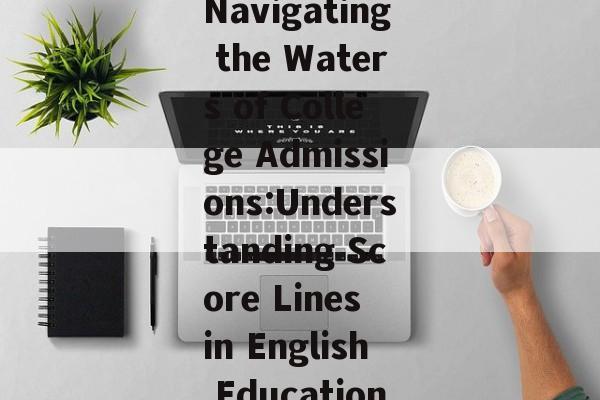Navigating the Waters of College Admissions:Understanding Score Lines in English Education
Content:
In the intricate tapestry of the college admissions process, one term stands out as a beacon of hope and a source of anxiety for countless students and parents alike: the score line. This term, often referred to as the "cut-off score" or "minimum requirement," is the threshold that determines whether a student's academic performance meets the criteria set by educational institutions. Understanding score lines is crucial for students aspiring to secure a spot in their dream college. This article delves into the concept of score lines, their significance, and how they are determined in the context of English education.
What is a Score Line?
A score line is a numerical value that represents the minimum standard of performance required for admission to a particular educational program or institution. In the realm of English education, score lines are typically based on standardized test scores, such as the SAT, ACT, or A-levels, as well as the student's academic grades. These scores serve as a benchmark to assess the student's readiness and suitability for higher education.
The Significance of Score Lines
Score lines play a pivotal role in the college admissions process for several reasons:
-
Selection Criteria: Educational institutions use score lines to filter out candidates based on their academic prowess. A higher score line often indicates a more competitive program, attracting top-tier students.
-
Resource Allocation: Institutions allocate resources such as faculty, facilities, and financial aid based on the number of students admitted. Score lines help in ensuring that resources are used effectively.
-
Student Expectations: Score lines provide students with a realistic expectation of their chances of admission. This information can guide them in setting academic goals and preparing for standardized tests.
Types of Score Lines
There are various types of score lines, each serving a different purpose:
-
Minimum Score Line: This is the lowest score a student must achieve to be considered for admission. It is often set by the institution to maintain a certain standard of academic excellence.
-
Average Score Line: This represents the average score of admitted students. It can be a useful indicator of the competitiveness of a program.
-
Conditional Score Line: Some institutions may set a conditional score line, which allows students with lower scores to be considered if they possess other strengths, such as extracurricular achievements or a compelling personal statement.
Determining Score Lines

The process of determining score lines involves several factors:
-
Institutional Goals: The objectives of the institution, such as its reputation, academic focus, and available resources, influence the score lines set for different programs.
-
Historical Data: Institutions often analyze historical data, including past admission rates and the academic performance of incoming students, to set score lines.
-
Market Trends: The demand for certain programs and the overall competitiveness of the admissions landscape can also impact score lines.
-
External Standards: Score lines may be aligned with external standards, such as national or international benchmarks.
Navigating Score Lines in English Education
For students pursuing English education, navigating score lines involves the following steps:
-
Research: Students should research the score lines of their target institutions and programs. This includes understanding the minimum requirements and the average scores of admitted students.
-
Preparation: Students should focus on their academic studies, particularly in English literature and language, to ensure they meet or exceed the score lines.
-
Standardized Testing: If standardized tests are part of the admissions process, students should prepare thoroughly for these exams. This may involve taking practice tests, seeking tutoring, or joining study groups.
-
Alternative Paths: If a student does not meet the score lines, they should explore alternative paths, such as community college transfer programs or specialized programs that may have different admission criteria.
-
Personal Statement: A compelling personal statement can sometimes offset lower scores, especially if it highlights the student's passion for English education and their commitment to the field.
Conclusion
Score lines are a critical component of the college admissions process, particularly in the field of English education. Understanding their significance, types, and determination can empower students to navigate the admissions landscape effectively. By focusing on their academic achievements, preparing for standardized tests, and exploring alternative paths, students can increase their chances of securing a spot in their desired educational institution. Remember, while score lines are important, they are not the sole determinant of a student's potential and future success.
相关文章

最新评论